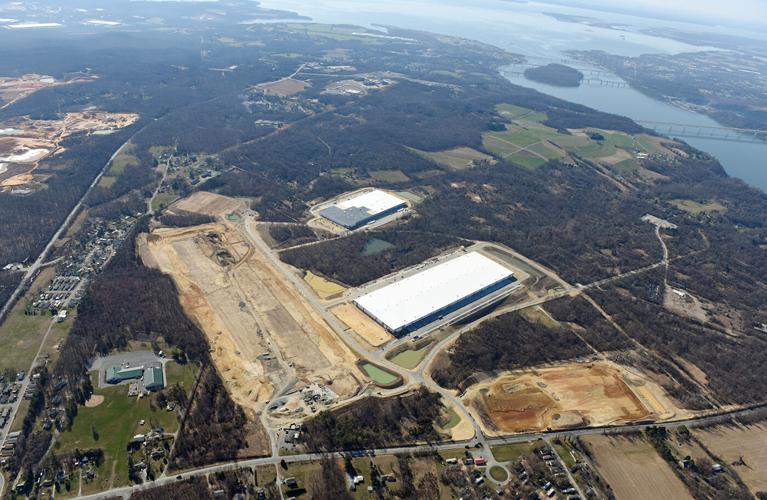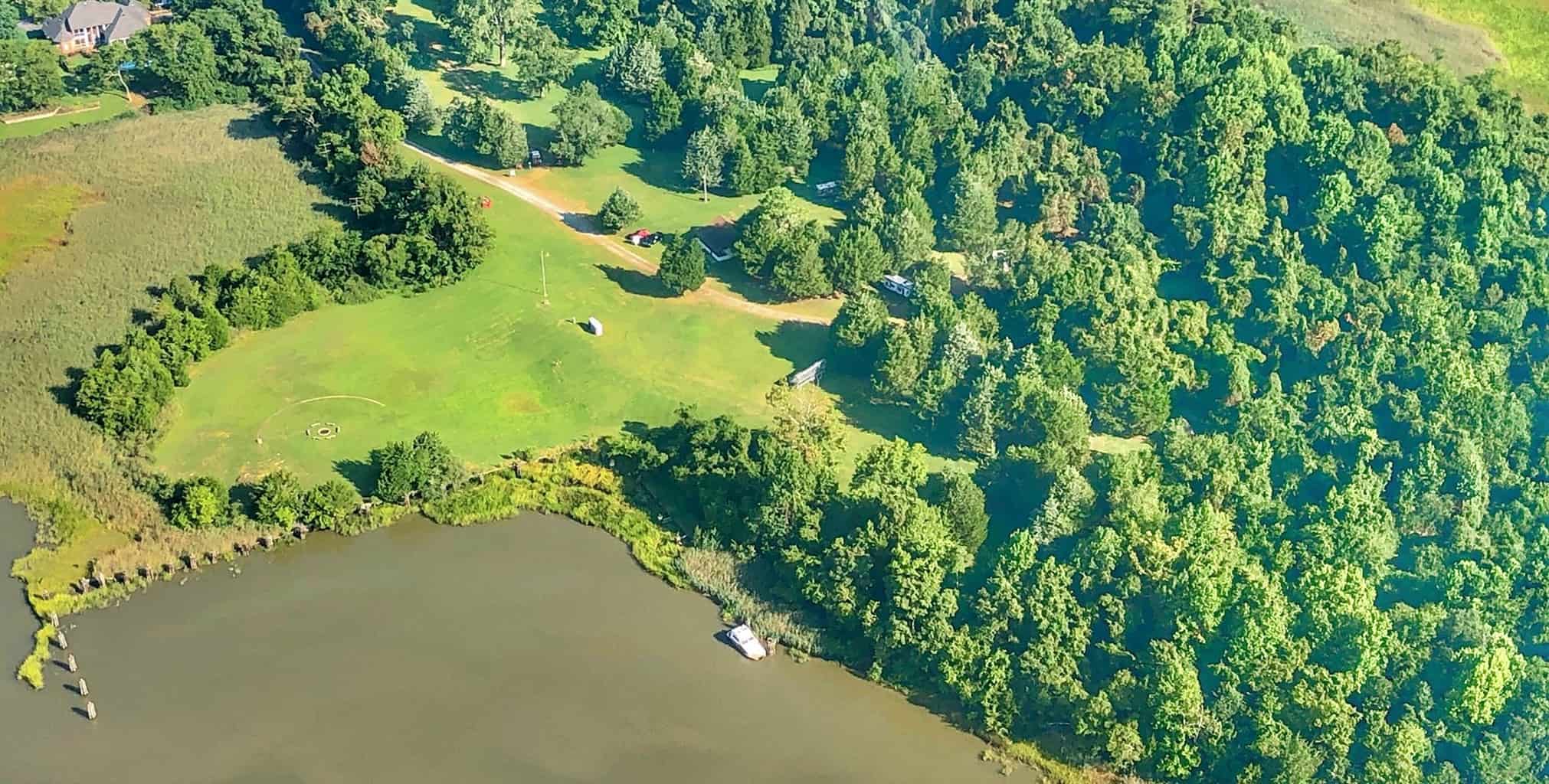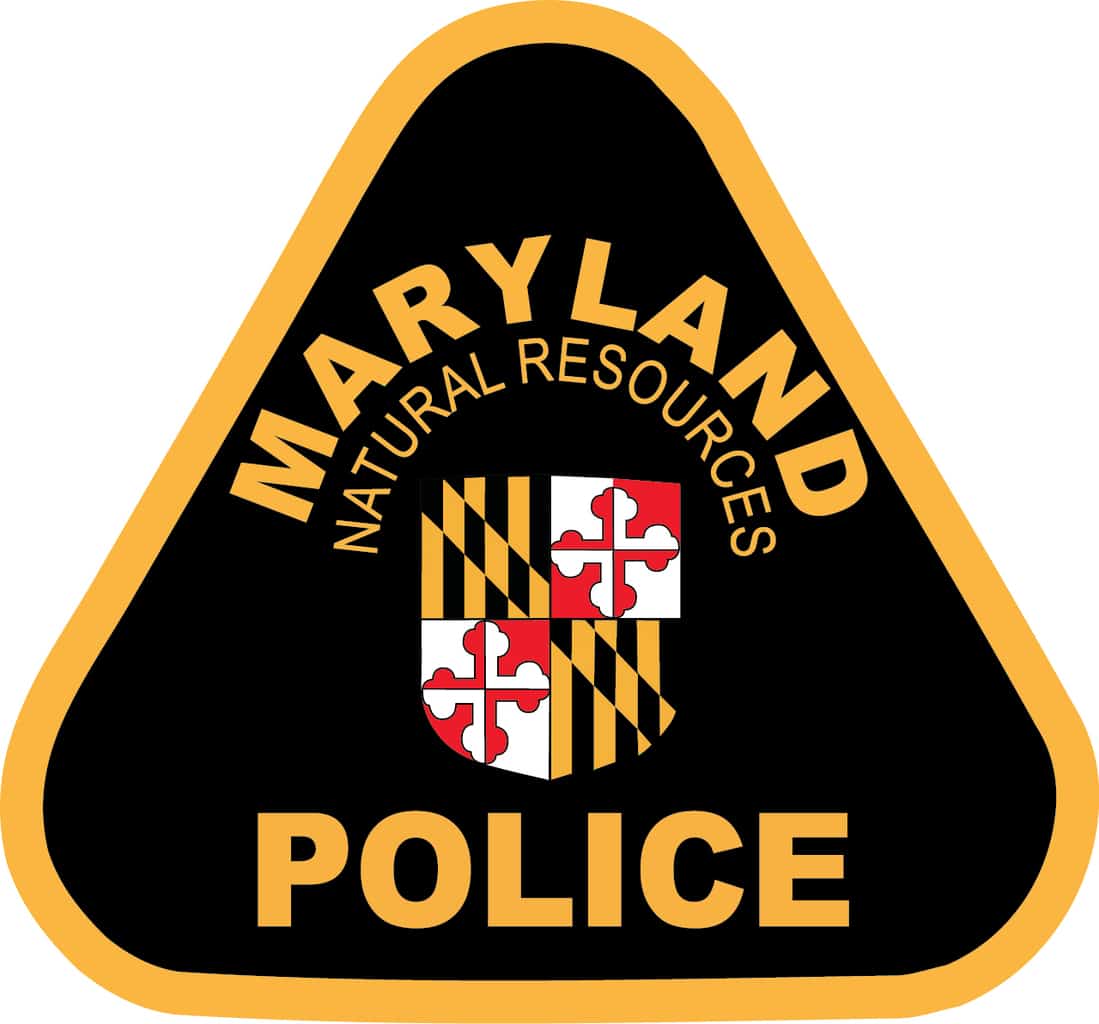A Norwegian aquaculture company looking to build an indoor salmon farm in Maryland faces a legal challenge to its proposed location along the lower Susquehanna River.
The Chesapeake Bay Foundation and two upper Chesapeake Bay watermen filed suit April 21 in Cecil County Circuit Court challenging a wastewater discharge permit granted to the planned facility by the Maryland Department of the Environment (MDE).
AquaCon Maryland LLC plans to produce up to 20,000 metric tons of Atlantic salmon a year at the $320 million facility it proposes to build at a former naval training center in Port Deposit, Maryland.
This is the Norwegian company’s second attempt to open a salmon farm in Maryland. In 2022, it withdrew a bid to build in Federalsburg on the Eastern Shore amid concerns from environmentalists, scientists and local residents that its plan to discharge into Marshyhope Creek could harm Maryland’s only known spawning reach for endangered Atlantic sturgeon, as well as other fish.
Most salmon farming occurs in open water cages or pens, which raises concerns about the impact that pollution, disease and non-native fish could have on native fisheries and surrounding waters.

AquaCon says its salmon will be produced sustainably on land using a “recirculating aquaculture system,” with hatchery spawned fish raised in recycled-water indoor tanks. The biological waste they generate will be converted to energy to help run the operation.
For the Port Deposit location, MDE gave final approval March 5 for AquaCon to discharge up to 1.9 million gallons of “purge” water daily into the Susquehanna. Purge water comes from tanks where fully grown salmon are briefly held before being harvested for processing and shipment to market. While free of fish waste, the water would contain geosmin, a naturally occurring organic compound that, while harmless to consume, can give farmed fish an earthy odor.
Before the water is discharged, the company plans to filter it and treat it with ultraviolet light to kill bacteria. The MDE permit sets water quality thresholds for the discharge, and it requires the company to offset the nutrient levels in the released water. It also requires the facility to monitor geosmin in its discharge for three years to ensure the levels being released are no higher than what’s normally found in the river.
But the Bay Foundation and the two watermen—Steve Lay of Havre de Grace and Blair Baltus of Essex—say the facility’s discharges of nutrients, sediment and other pollutants will cause or contribute to water quality problems downstream, including low dissolved oxygen levels, increased murkiness and algae blooms.
Allison Colden, the foundation’s Maryland executive director, stressed in comments filed on MDE’s draft permit that the lower Susquehanna provides spawning and nursery habitat for a variety of fish, including striped bass, American shad, hickory shad, alewife, white perch and yellow perch. She noted that striped bass have been suffering a years-long slump in reproduction, with studies indicating that suitable habitat for juveniles has been declining.
Colden said in a recent Bay Journal interview that MDE “marginally improved” the limits it placed on AquaCon’s discharge in response to criticism of the draft permit made by her group, the lower Susquehanna Riverkeeper and the Maryland Department of Natural Resources, among others. But she said concerns remain.
One in particular is the potential for harm from sediment discharge into the lower Susquehanna, which she said is already impaired by that pollutant. Just downstream is the Susquehanna Flats, a vast underwater meadow where the river meets the Bay. It provides abundant food and shelter for many fish and waterfowl and is a popular fishing spot.
Along with the rest of the Bay’s underwater grass beds, the flats declined in the 1970s and 1980s. They have gradually regained much of their former abundance amid extensive pollution control efforts. But Colden said there are indications the Bay grasses in the flats are being impacted by algae blooms and increases in sediment discharge won’t help.
MDE pointed out that the concentrations of sediment in the discharge will actually be less than what was drawn from the river to fill the fish purge tanks. But the petitioners aren’t convinced.
“We don’t need any more environmental stress on the Susquehanna, on the flats or the upper Bay,” said Baltus, president of the Baltimore County Watermen’s Association. And while there is no documented sturgeon spawning in the lower Susquehanna or upper Bay, he said that watermen frequently see and even accidentally net the big fish there.
Lay, a waterman for the past 50 years, fishes for white perch, yellow perch, blue catfish and striped bass, also known as rockfish. He also fishes for American eels in the Susquehanna Flats.
“There’s just, to me, too many things that are unproven that are still questionable since this is a very new thing with a fish that is not native,” Lay said.
MDE spokesman Jay Apperson said state regulators are reviewing the petition.
“We respect the legal process,” he said, “and we remain committed to applying environmental laws and regulations fairly and transparently.”
Paal Haldorsen, AquaCon’s CEO, said the company worked collaboratively with MDE to obtain its final discharge permit for the salmon aquaculture facility.
“We are confident in the technology selected and look forward to defending the permit with MDE against any challenge on its merits,” he said.
This article first appeared at bayjournal.com on April 23, 2025.




